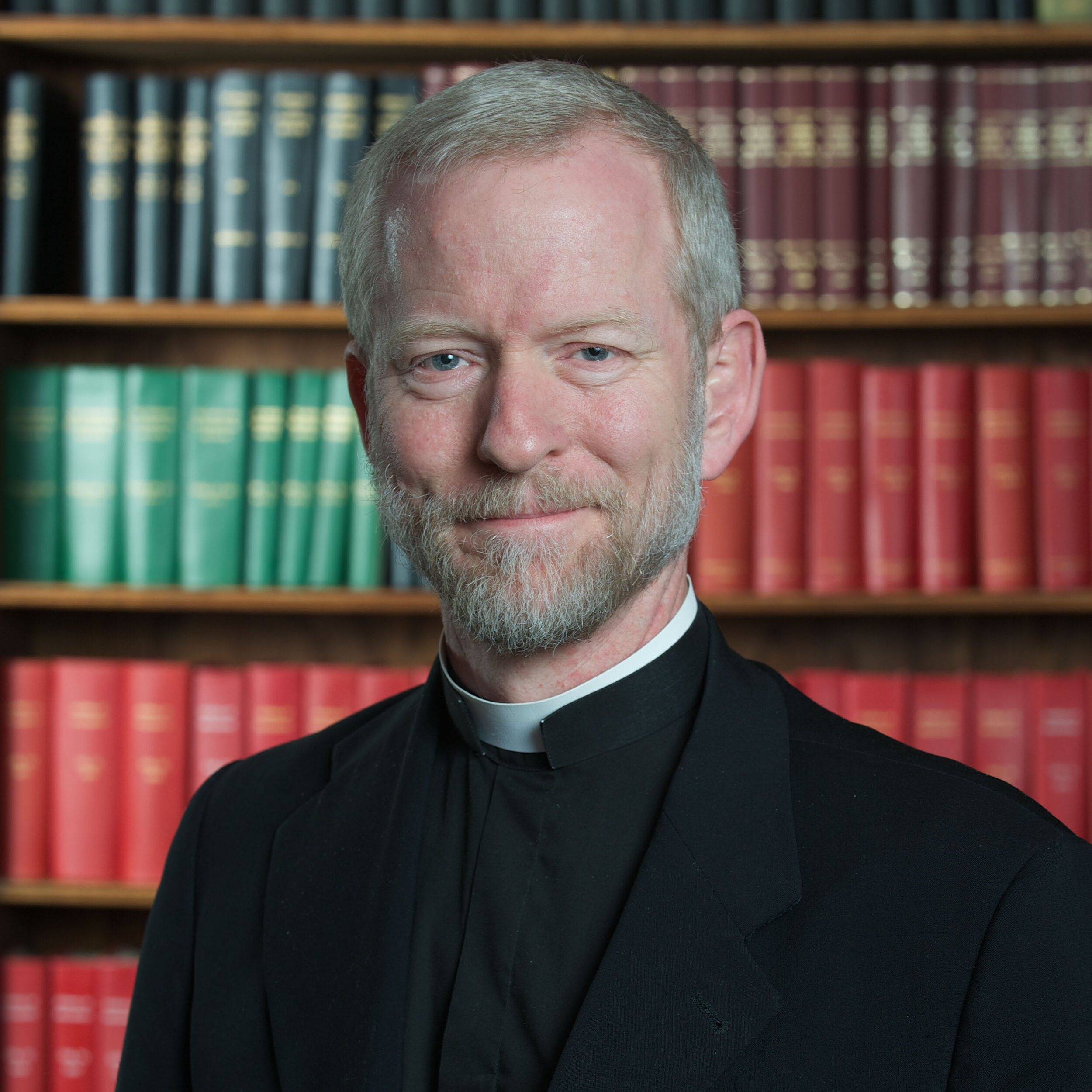The Ten Great Myths in the Debate Over Stem Cell Research
(Originally published at Catholic Exchange)
1. Stem cells can only come from embryos. In fact stem cells can be taken from umbilical cords, the placenta, amniotic fluid, adult tissues and organs such as bone marrow, fat from liposuction, regions of the nose, and even from cadavers up to 20 hours after death.
2. The Catholic Church is against stem cell research. There are four categories of stem cells: embryonic stem cells, embryonic germ cells, umbilical cord stem cells, and adult stem cells. Given that germ cells can come from miscarriages that involve no deliberate interruption of pregnancy, the church really opposes the use of only one of these four categories, i.e., embryonic stem cells. In other words, the Catholic Church approves three of the four possible types of stem cell research.
3. Embryonic stem cell research has the greatest promise. Up to now, no human being has ever been cured of a disease using embryonic stem cells. Adult stem cells, on the other hand, have already cured thousands. There is the example of the use of bone marrow cells from the hipbone to repair scar tissue on the heart after heart attacks. Research using adult cells is 20-30 years ahead of embryonic stem cells and holds greater promise. This is in part because stem cells are part of the natural repair mechanisms of an adult body, while embryonic stem cells do not belong in an adult body (where they are likely to form tumors, and to be rejected as foreign tissue by the recipient). Rather, embryonic stem cells really belong only within in the specialized microenvironment of a rapidly growing embryo, which is a radically different setting from an adult body.
4. Therapeutic cloning and reproductive cloning are fundamentally different from one another. The creation of cloned embryos either to make a baby or to harvest cells occurs by the same series of technical steps. The only difference is what will be done with the cloned human embryo that is produced: will it be given the protection of a woman’s womb in order to be born, or will it be destroyed for its stem cells?
5. Somatic cell nuclear transfer is different from cloning. In fact, “somatic cell nuclear transfer” is simply cloning by a different name. The end result is still a cloned embryo.
6. By doing somatic cell nuclear transfer, we can directly produce tissues or organs without having to clone an embryo. At the present stage of research, scientists are unable to bypass the creation of an embryo in the production of tissues or organs. In the future it may be possible to use chemicals, hormones or even elements from the cytoplasm of a woman’s egg to “reprogram” a somatic cell (like a skin cell) into a stem cell, without ever creating an embryo. This is called “de-differentiation,” and if this becomes feasible, there would be no moral objections to such an approach to getting stem cells.
7. Every body cell, or somatic cell, is somehow an embryo and thus a human life. People sometimes argue: “Every cell in the body has the potential to become an embryo when we do cloning. Does that mean that every time we wash our hands and are shedding thousands of cells, we are killing life?” The problem is that this overlooks the basic biological difference between a regular body cell, and one whose nuclear material has been fused with an unfertilized egg cell, resulting in an embryo. A normal skin cell will only give rise to more skin cells when it divides, while an embryo will give rise to the entire adult organism. Skin cells are not potential adults. Skin cells are potentially only more skin cells. Only embryos are potential adults.
8. Because no sperm is used in cloning, the resultant embryo can’t be a human being and it must be OK to destroy it for its stem cells. Normally when sperm and egg join, each provides half the DNA to make the full complement in the embryo. That embryo then grows to become an adult. When you do cloning, you avoid the first step of mixing parental DNA, obtaining the full complement instead from the nucleus of the regular body cell that is transferred inside the woman’s egg. That cloned embryo then grows to become an adult. Because Dolly the Sheep was made without sperm, this does not imply that she was some kind of being other than a sheep. Similarly, a human embryo made without sperm is not some kind of being other than a human. Cloning simply provides a workaround for the first step of fertilization, producing a genuine human who should never be destroyed for his or her stem cells.
9. Because frozen embryos may one day end up being discarded by somebody, that makes it morally allowable, even laudable, to violate and destroy those embryos. The moral analysis of what we may permissibly do with an embryo doesn’t depend on its otherwise “going to waste,” nor on the incidental fact that those embryos are “trapped” in liquid nitrogen. If we imagine a coal mine with miners who are permanently trapped inside through no fault of their own, with the certainty that they are all going to die, that would not make it okay to send a remote control robotic device to harvest organs from those miners and cause their demise.
10. Because large numbers of embryos generated during intercourse are lost from the woman’s body and die naturally, that makes it permissible for us to destroy embryos in research. What Mother Nature does and what man may do are two distinct realities that should never be confused. If Mother Nature sends a tsunami that claims thousands of human lives, that does not make it morally permissible for me to take a machine gun and shoot into a stadium filled with thousands of people.

